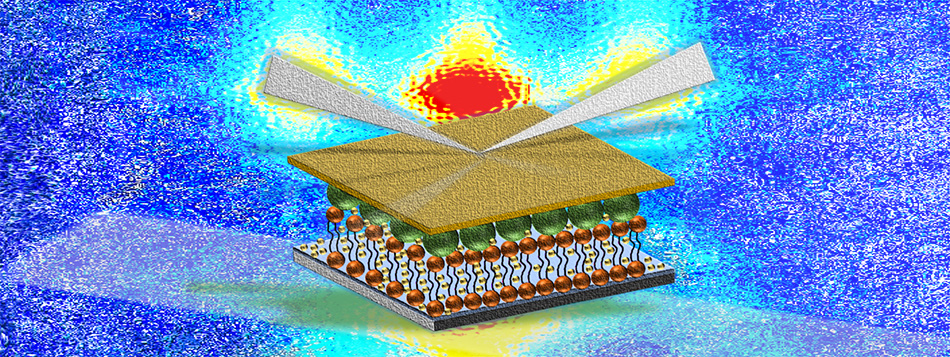Sprecher
Beschreibung
The discovery of the topological phases of matter sparked a renaissance in solid-state physics, however the broader applications to materials engineering are still in their infancy. The three-dimensional topological insulators offer a particularly simple new paradigm for developing unique functionality which relies on exploiting surfaces and interfaces via nanoarchitectural design.
I will give a brief introduction to the field of topology in materials, and the relation to the crystallographic space groups. I will then give some tangible experimental examples of interface-induced functionality in topological insulating Sb2Te3, MnBi2Te4 and Bi2Te3 ultra-thin films [1-6]. I will discuss how the topological features can lead to enhanced electronic, magnetic and thermoelectric properties. The interplay between the classical crystal and magnetic order parameters is critical in these materials, and glass transitions have important consequences for the electronic properties. For example, the delicate van der Waals crystals are highly sensitive to electron and ion beam irradiation [1,2,5], which can be used to deliberately drive glass transitions and spatially control the topological invariant toggling between ℤ2 = 1 → ℤ2 = 0 at a threshold disorder strength [1]. Controlled glass transitions are also important in the search for elusive higher order amorphous topological insulators predicted by theory. For accurate characterisation of crystalline parent phases, however, non-destructive characterisation techniques are critical.
To enable accurate, non-destructive characterisation of electron and spin density with atomic resolution, neutrons and X-ray scattering have some intrinsic advantages. I will focus on how surface sensitive neutron and X-ray techniques, including polarised neutron reflectometry, have led to new insights into the classical crystal and magnetic order-disorder transitions, and their concomitant electronic quantum transitions.
[1] A. Bake, G. Causer, D. Cortie et. al. Nature Com., 14, 1693 (2023).
[2] D. Cortie, A. Bake et al. , Appl. Phys. Lett., 116, 192410, (2020).
[3] Qile Li et. al., Adv. Materials, 34, 210750 (2022).
[4] Nguyen, A., et al., Phys. Rev. Mat., 7, 064202 (2023).
[5] A. Bake, D. Cortie et. al., J. Vac. Sci. & Tech. A40, 033203 (2022).
[6] A. Bake, PhD Thesis, https://ro.uow.edu.au/theses1/1726/
E-mail of the corresponding author: dcr@ansto.gov.au

